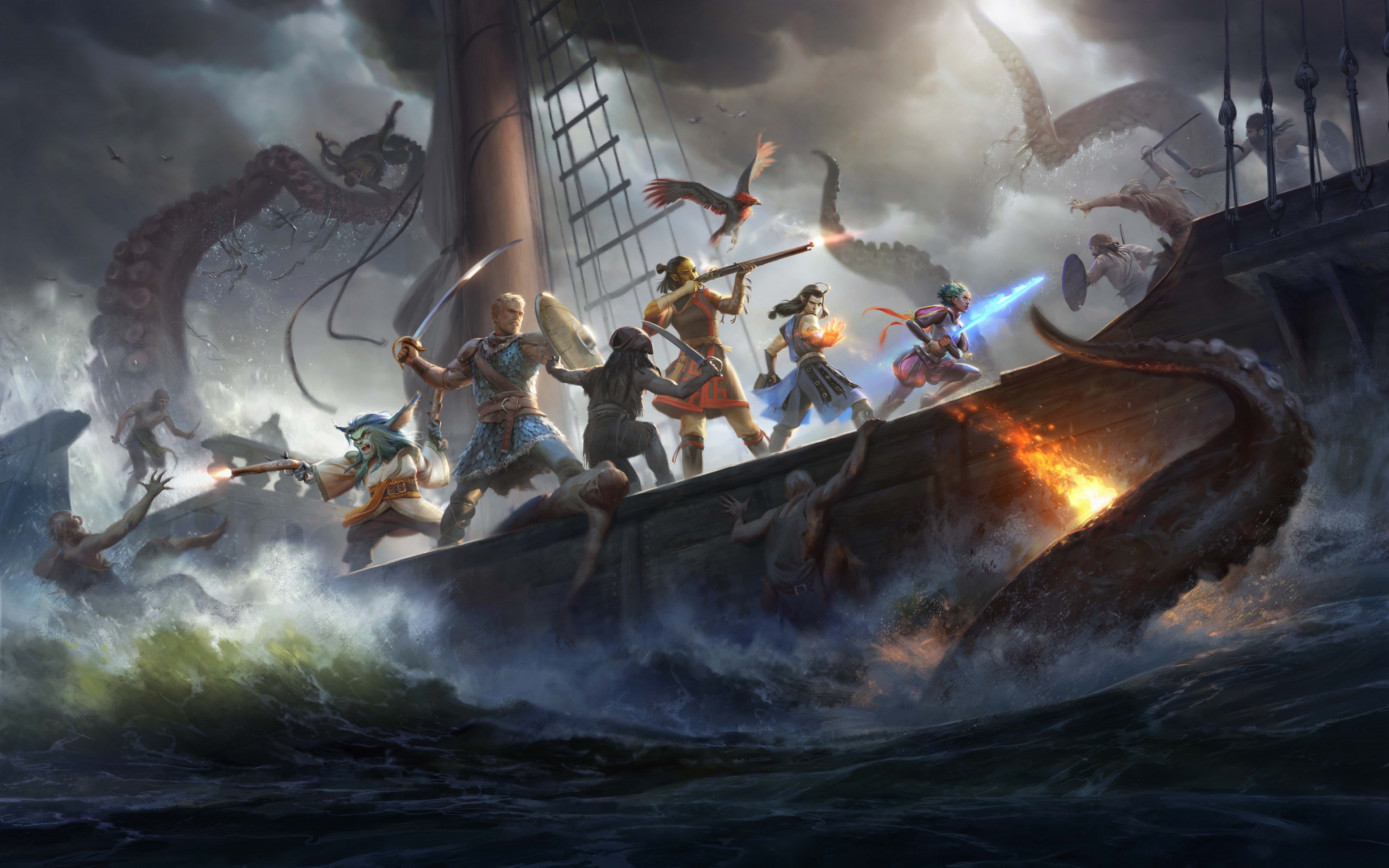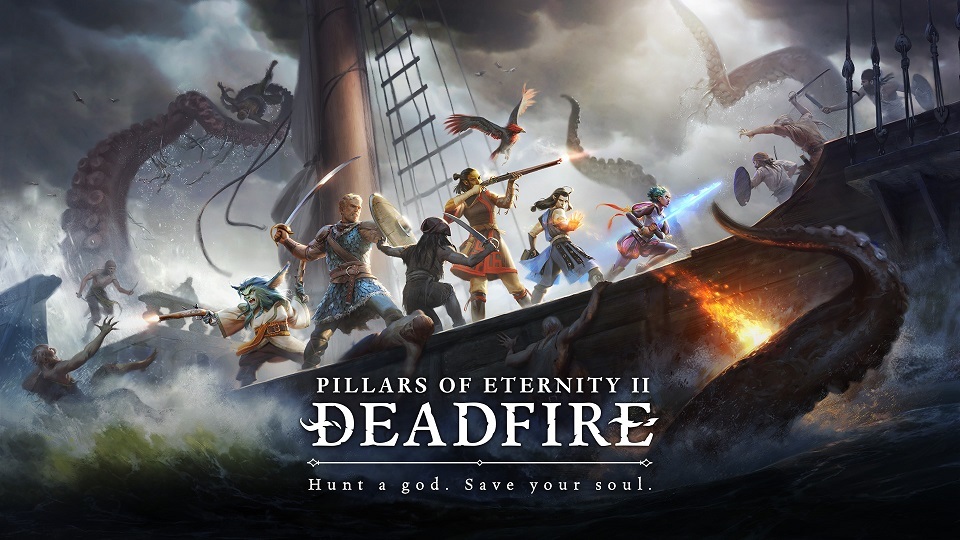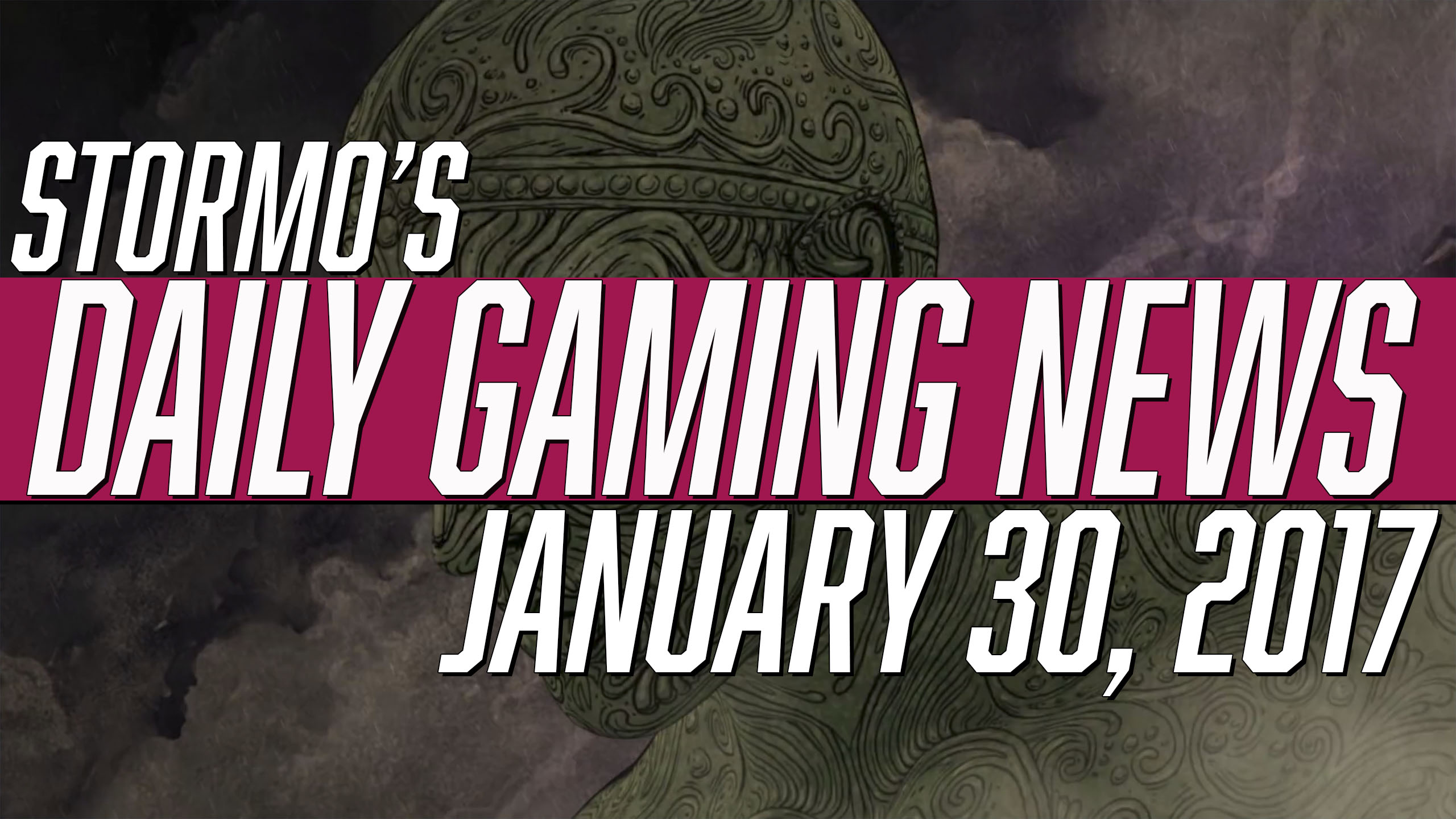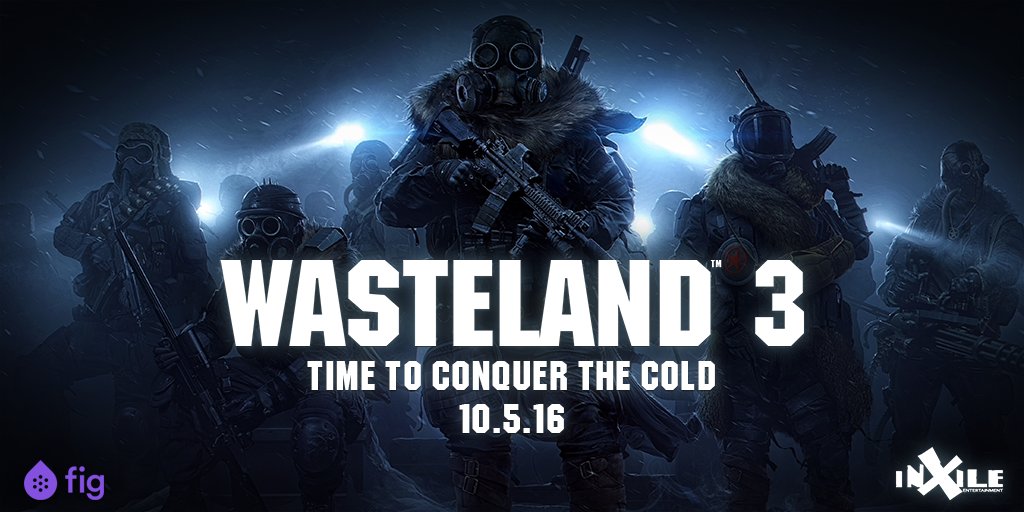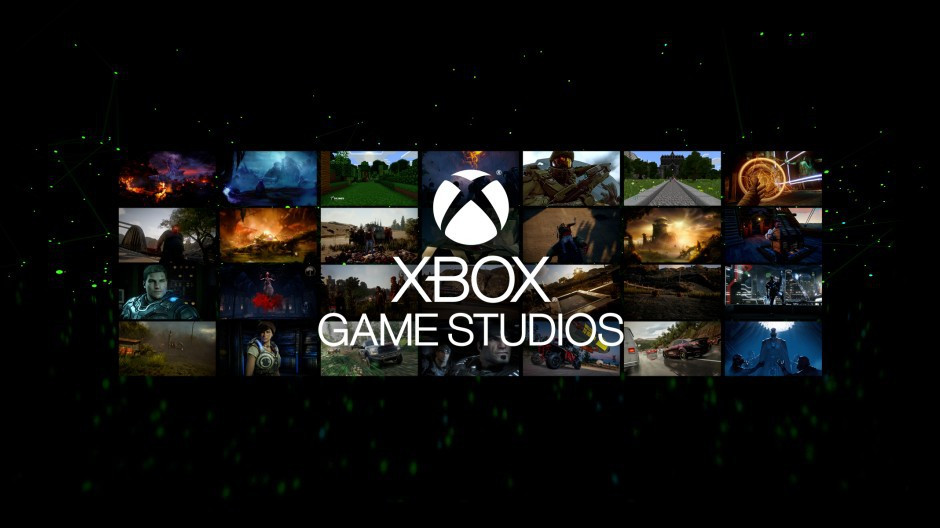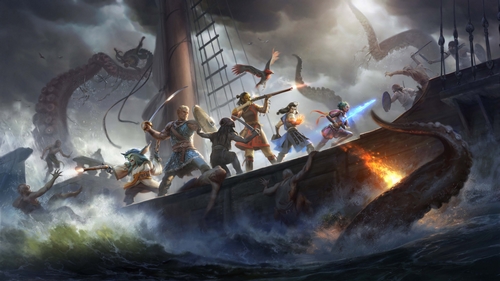
It’s been a little over a year since the idea of Pillars of Eternity II: Deadfire was pitched on crowdfunding website fig.co. Obsidian Entertainment reached their crowdfunding goal in a record time of one day, and when the dust had settled on the campaign, they had raised four times the amount of their $1.1 million USD goal. With the RPG market now saturated with online multiplayer modes, Pillars of Eternity II: Deadfire challenges the norm in 2018 and reminds us that you don’t need to do what everyone else is doing.
With a new combat system, new classes and sub classes, new ship building and travel, Pillars of Eternity II: Deadfire takes you to the Deadfire Archipelago in search of your soul which has been taken by a god. So spend a buck buccaneer, buckle up swashbuckler, and boot it up freebooter. Welcome back to Eora.
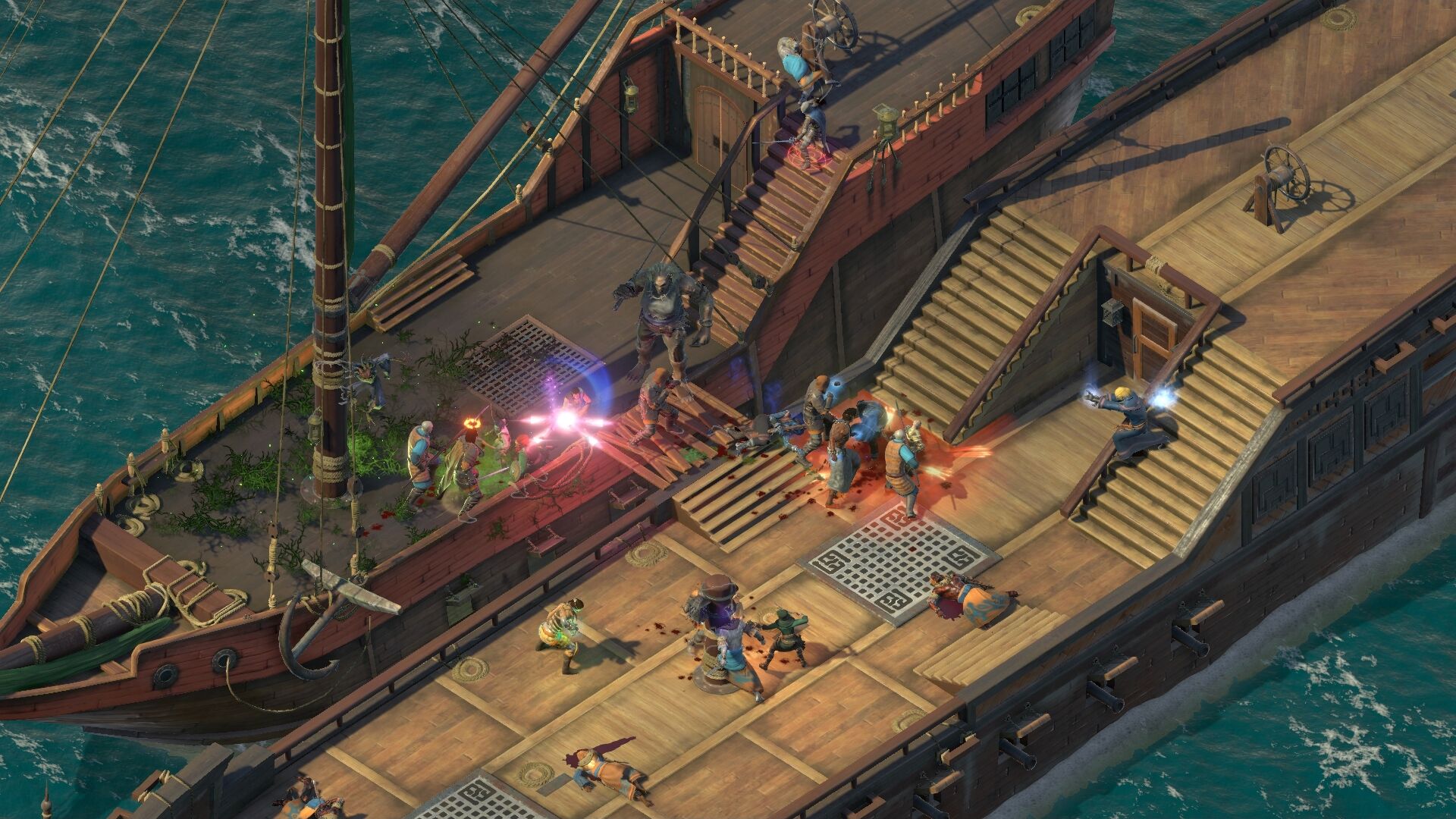
Beginning the game, you’re tasked with setting up your character’s traits. This is all done whilst setting up the story of Pillars of Eternity II, as well as explaining a few of the new features of the game. Once you choose your class, race, where you are from (everything makes a difference to how well your character will perform in different ways), you begin the game by almost rising from the dead. Quickly we found ourselves washed up on a large island to explore, and that is where the Deadfire journey commences.
You start off by yourself but once you’ve finished exploring the first island and completed the first few tasks you’ll find yourself with a group of comrades, as well as some crew for your ship. The combat in Deadfire is what you make of it. Fortunately, there are several different difficulties ranging from a story mode with basically no combat to a nightmarish difficulty where only the best will survive basic encounters. The combat features a new pausing system which allows you to make a planned response the entire way through a fight. You can switch targets in the middle of casting a spell, you can re-position your crew, you can change anything you want by smashing the pause button. This makes the combat a little bit easier if you choose one of the harder difficulties, but what we found was most important in Deadfire was to get your head around the complex menus.
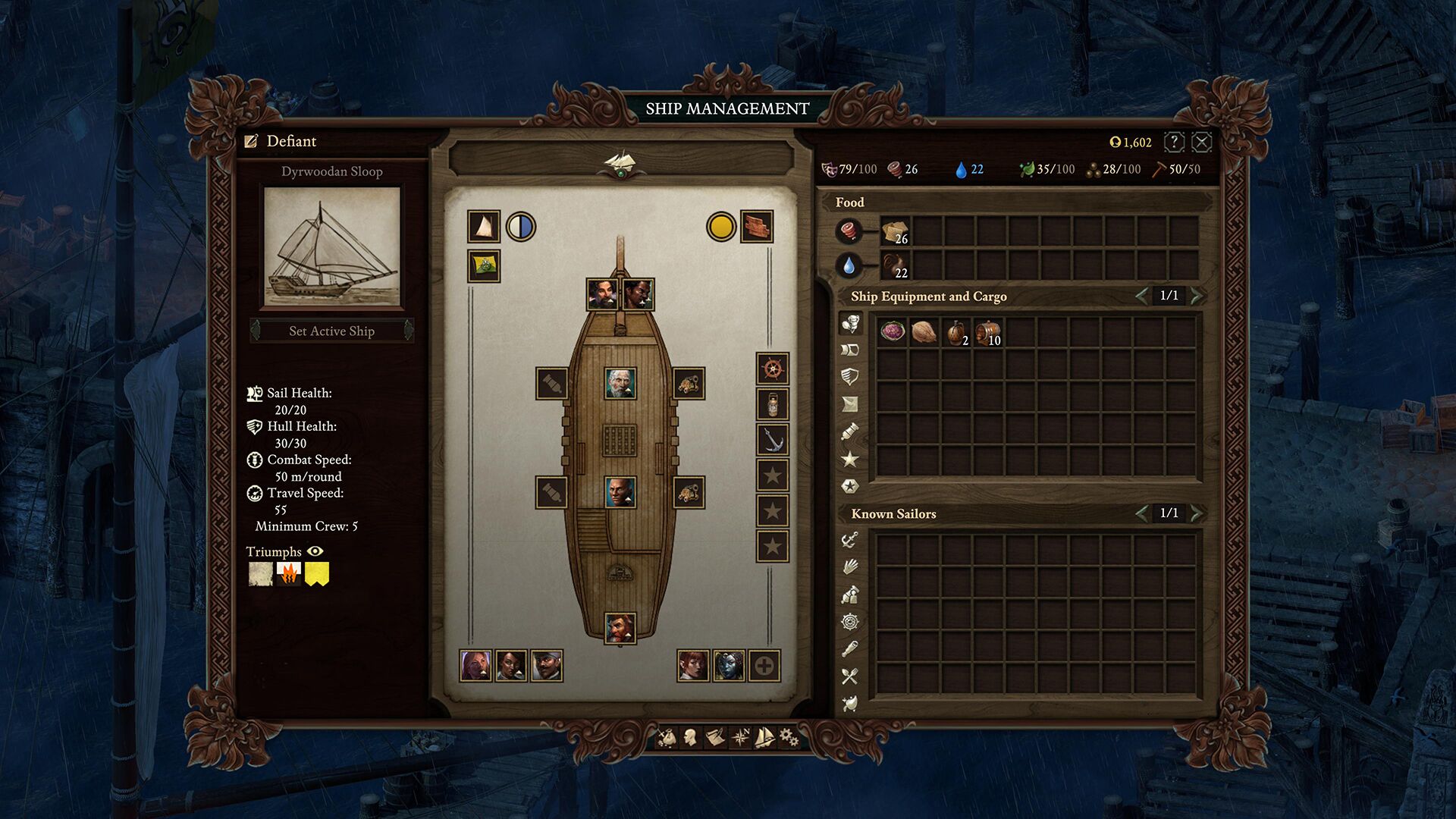
Aside from the fact that you can import your save files from the original Pillars of Eternity, you can also create your own custom outcome from the original game, or you can choose one of the basic outcomes given to you in dialogue early in the game. Dialogue is just as important as combat in Pillars of Eternity II: Deadfire, in fact, some may argue the choices you make in the dialogue are more important. You can actually talk your way out of fights and be rewarded with just as much experience as if you were to attack. The voice acting in Deadfire only goes one way though, so your main character will be silent as you make your choices throughout the dialogue screens. Many dialogue options are not actually available or even visible until you have increased your proficiency in certain skills.
There are six key attributes in Deadfire: Might, Dexterity, Constitution, Perception, Intellect and Resolve. While these attributes will affect your performance in combat, as you level up you’ll also unlock skills that will affect how you perform in the rest of the game. As an example, stealth is a new feature for the Pillars of Eternity series, and increasing your stealth not only means you can avoid battles, it also means you can sneak up on your enemies and get a strong surprise attack. A big advancement on the original Pillars of Eternity is that you can now increase your character to level 20, meaning you can choose more skills and enhance your attributes further to make far more powerful characters than what was possible in the original game.
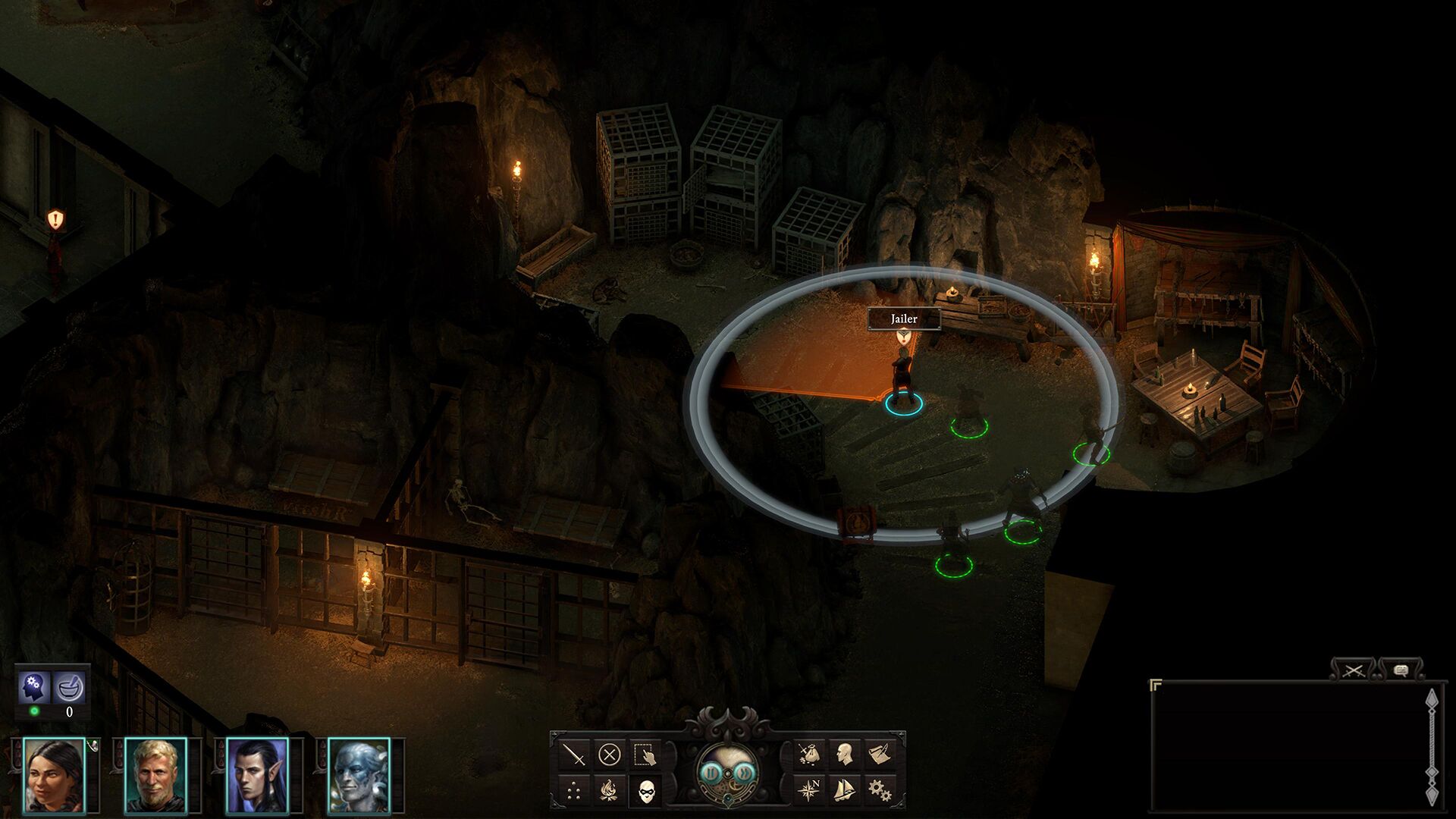
Pillars of Eternity II: Deadfire’s nautical travel is both amazing and heartbreaking. While it’s incredibly fun to set off and explore the vast region of the Deadfire archipelago, unavoidable naval battles ruin your fun quicker than you can say “ship battle”. If a ship sees you nearby, it charges at you faster than anyone with less than a South Korean Starcraft 2 APM average speed could navigate away from. The combat system for ship battling is ridiculously simple to the point where you’re just clicking “travel 50 meters towards the other ship” only for them to travel 43 meters away from you. More often than not, a ship battle with conclude with your ship being boarded or vice versa, and here you can often be completely overwhelmed by the other crew if you are unprepared. With Ubisoft games like Sea of Thieves and the Assassin’s Creed titles that contain ship battles, we were hoping for something a bit more inspiring on the open waters. Unfortunately the ship combat system in Deadfire is more basic than some mobile apps we’ve played.
Relationships play a large role in how your campaign will play out. You can have a very intricate ecosystem when it comes to your party, and while you’re not seen as being an actual leader of your group, you are often left to manage conflicts that arise between your party members. Relationships with leaders around the Deadfire archipelago will also lead to conflicts and treaties, and it’s important to go in to Deadfire knowing that you can’t fix everything and be at peace with everyone. You’re bound to annoy characters along the way, which is what makes your decisions you make all that more meaningful. Fans of old-school RPG’s like Baldur’s Gate will love the relationship dynamics and spend a lot of time playing out different scenarios with different NPC’s, adding more hours of gameplay to what is a huge game already.
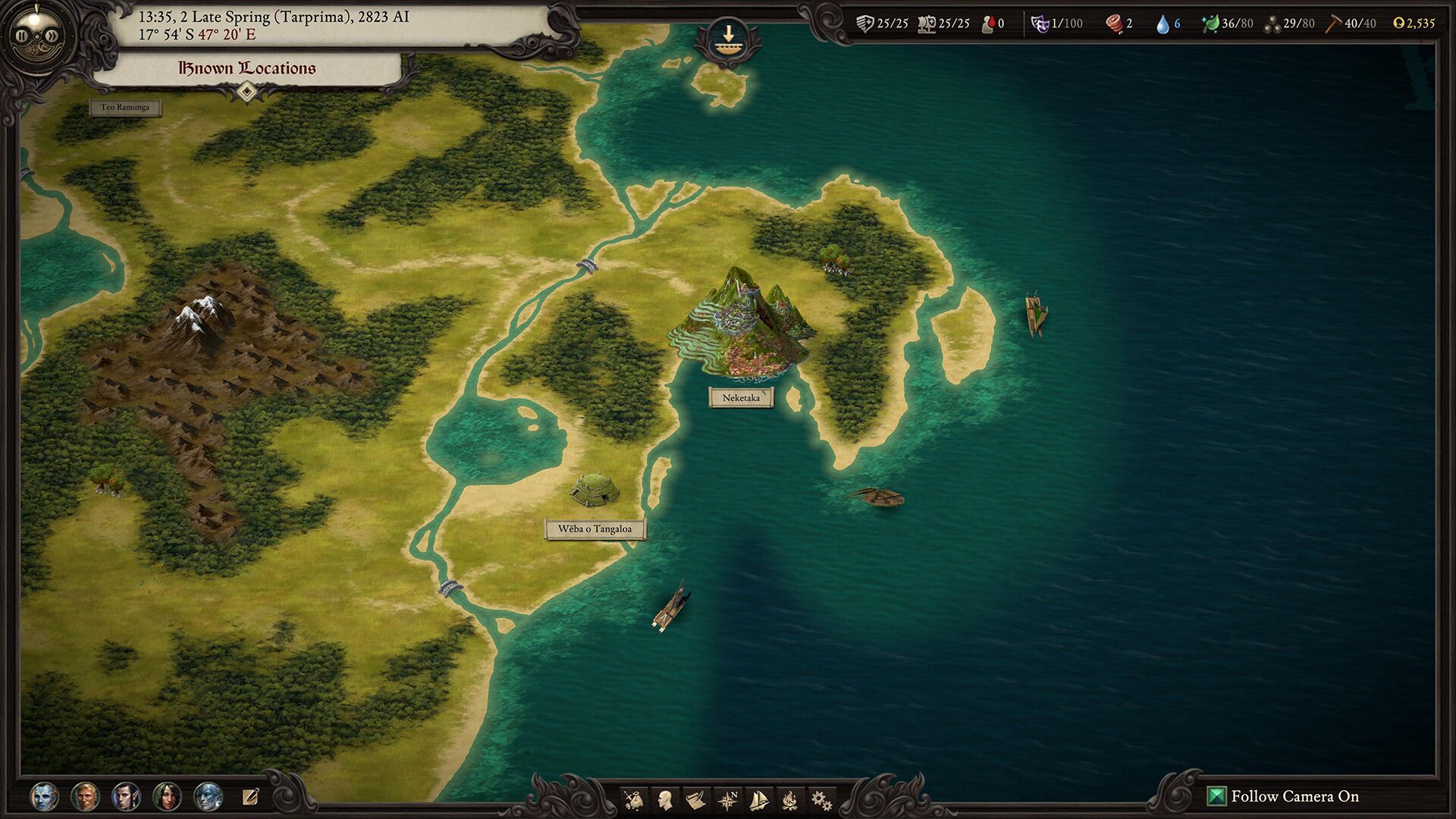
Top-down RPG’s have never been known for having outstanding graphics. Even Diablo 3 on launch had a fairly bland feel to it. While Pillars of Eternity II: Deadfire isn’t going to win any awards for being a graphical powerhouse, it does a good job of offering a variety of environments, as well as some enchanting combat animations and character models. The water, an important part of the Deadfire archipelago, looks great and Obsidian have done well to distinguish the different types of waters as you explore the islands. Going deep into dungeons, the game can quickly turn nightmarish using all of the elements such as fire and ice to trouble you along the way. Deadfire’s weakest part graphically would probably be the actual playable character models and NPC’s that you build relationships with. They’re not very memorable, and often we found the artwork in the dialogue screens doesn’t marry up with the in-game model terribly well.
Pillars of Eternity II: Deadfire is a triumph among failures. For every crowdfunded project that turns out like this, there are hundreds of disappointments. It’s important to remember Obsidian Entertainment aren’t exactly game developer novices, having worked on PC ports of Fallout: New Vegas, South Park: The Stick of Truth, and even Star Wars: Knights of the Old Republic back in 2004. Deadfire builds on what Obsidian knew fans loved from the original, adding more ways to play and more depth to what was already a fun RPG. While the main campaign will take you across the seas and last for about 40 hours, completing everything in Pillars of Eternity II: Deadfire will take you a lot longer than that. If you’re tired of all the competitiveness of online RPG’s and over-the-top theatrical single-player AAA titles, Deadfire will reignite a flame in your RPG soul.
Pillars of Eternity 2: Deadfire was reviewed on PC using an EVGA GeForce GTX 1080 FTW Gaming graphics card, and as expected ran perfectly with everything on maximum settings at 1080p. The game is available now on Windows PC, Mac and Linux platforms, while Xbox One, PlayStation 4 and Nintendo Switch versions are expected to launch before the end of 2018.
- Huge archipelago of islands to explore at your pleasure. - A reminder of just how good top-down single-player RPG’s can be. - One of the better character-building games we’ve played, in more than one way.
- Very sharp difficulty curve. - Ship battles are extraordinarily basic.

